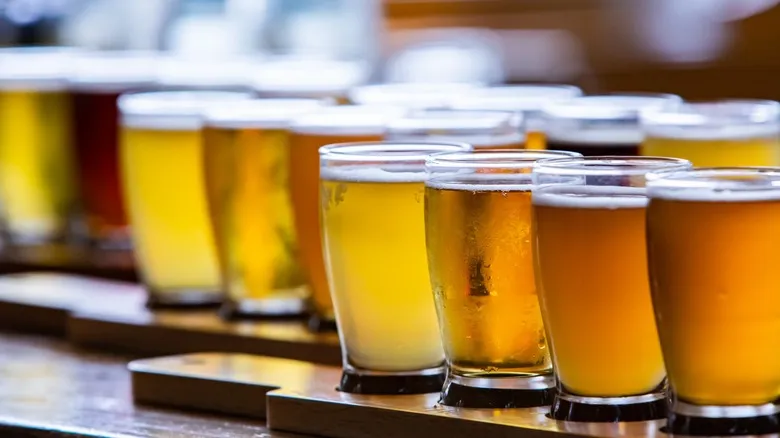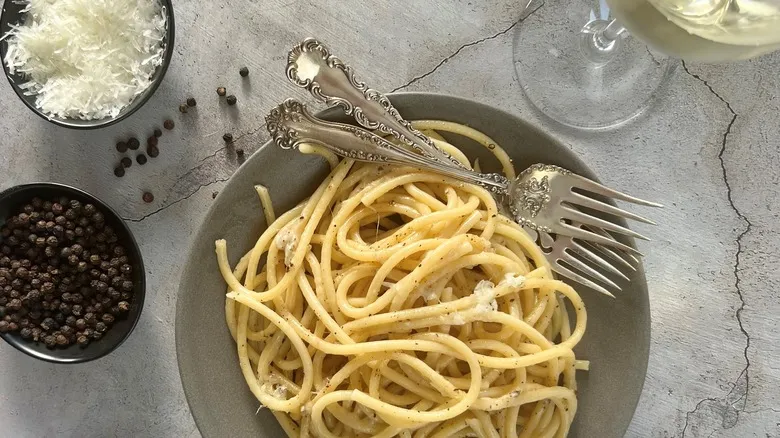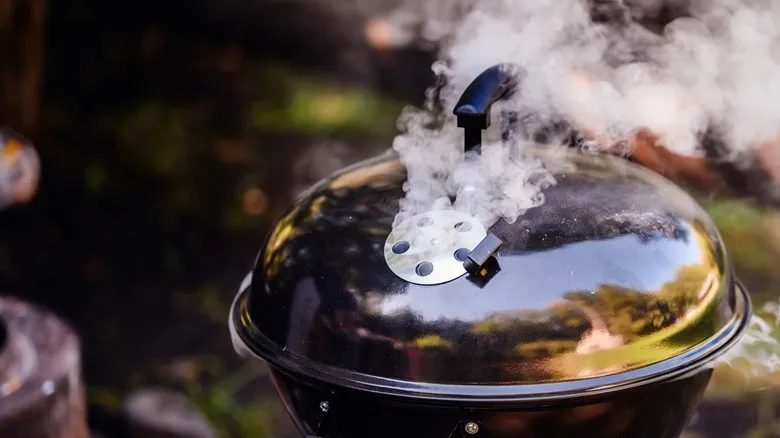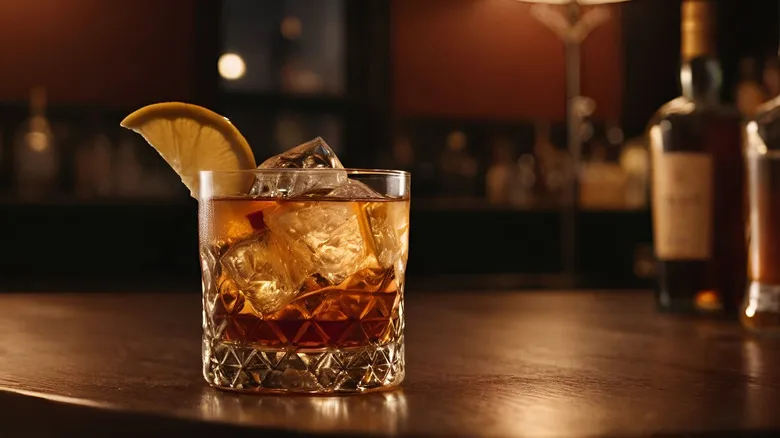Two different beers from the same family
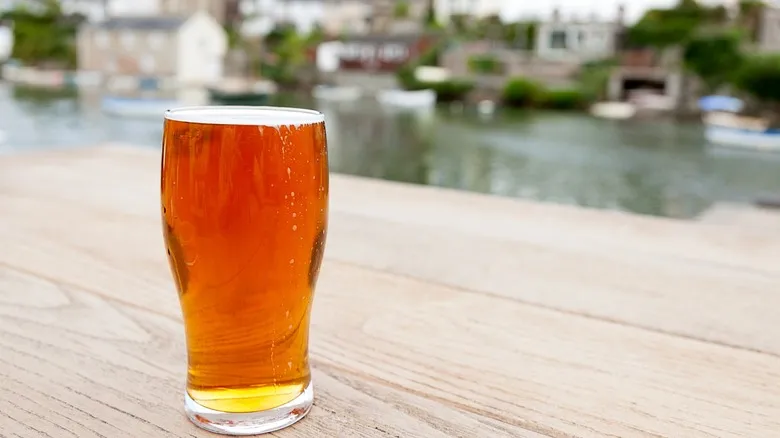
Scotch ales and Scottish ales can typically be distinguished by their alcohol content, yet they are fundamentally related within the broader category of beer. As their names suggest, both types are ales. A key characteristic of ales is the yeast used in their production—specifically, ale yeast. This type of yeast ferments at the top during the fermentation process and operates at (or close to) room temperature. These features set ales apart from lagers and highlight that, while Scotch and Scottish ales have their differences, they belong to the same general classification.
In addition to Scotch and Scottish ales, there is also a style known as wee heavy ale. This is essentially a stronger, maltier variant of Scotch ale. While one might argue that wee heavy and Scotch ale are similar, they are typically distinct enough to be recognized separately, particularly in their homeland of Scotland.
How to drink Scotch and Scottish ales
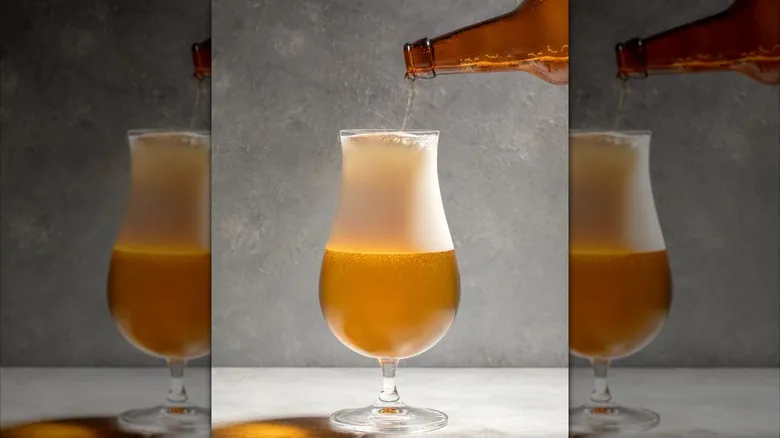
The type of glass you use is important when serving ale, and this holds true for both Scotch and Scottish ales. Generally, a tulip glass is considered a versatile choice for enjoying ale, and it will serve you well in this instance as well. However, traditionally, Scottish ales are best enjoyed in a thistle glass. While similar to a tulip glass, the thistle glass features a slimmer shape and a rounded, bulbous base. If you can't find one, a tulip glass will certainly do the trick. For those seeking an authentic experience, the thistle glass is the way to go.
Once you've poured your ale, you may want some food to complement it. For the lighter yet flavorful Scottish ales, salty snacks like pretzels or chips, as well as comforting dishes like mac and cheese, make excellent pairings. On the other hand, the richer, more robust Scotch ales pair beautifully with savory options such as root vegetables and roasted poultry, and they also go well with strong cheeses and meats on a lavish charcuterie board. No matter what food and ale you choose, you're in for a delightful explosion of flavor.
Recommended
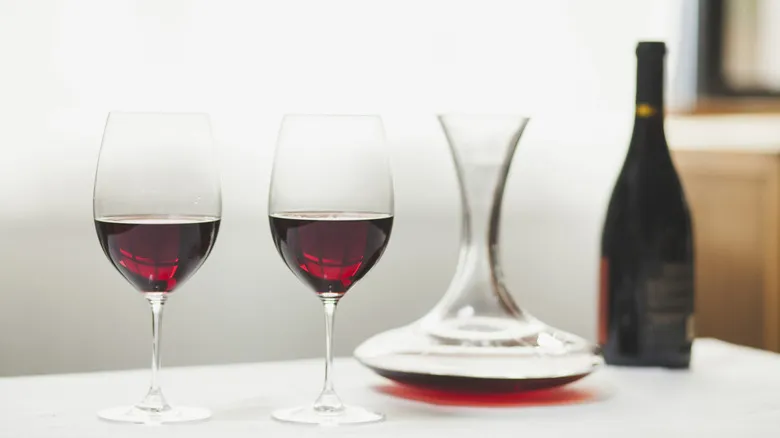
How To Know If You Should Decant Your Bottle Of Wine
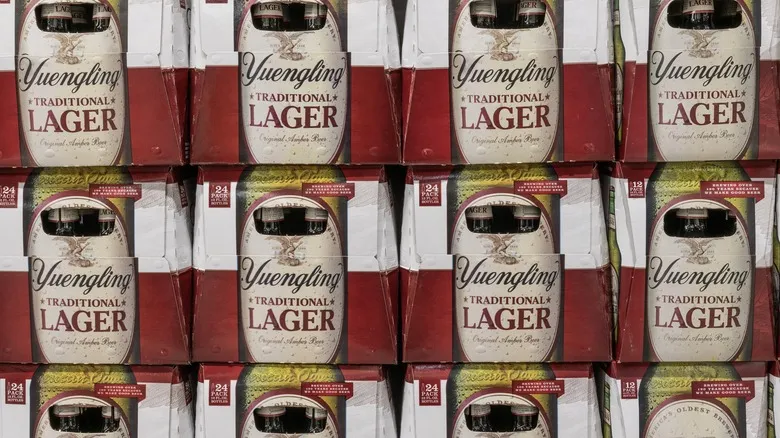
The Oldest Brewery In America Has Been Family-Owned For 200 Years
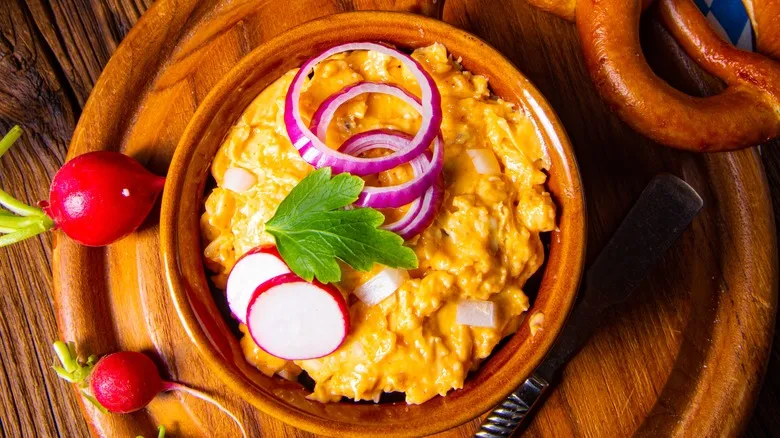
The Origin Of Beer Cheese Begins In Kentucky

3 Ways To Use Flat Champagne
Next up

